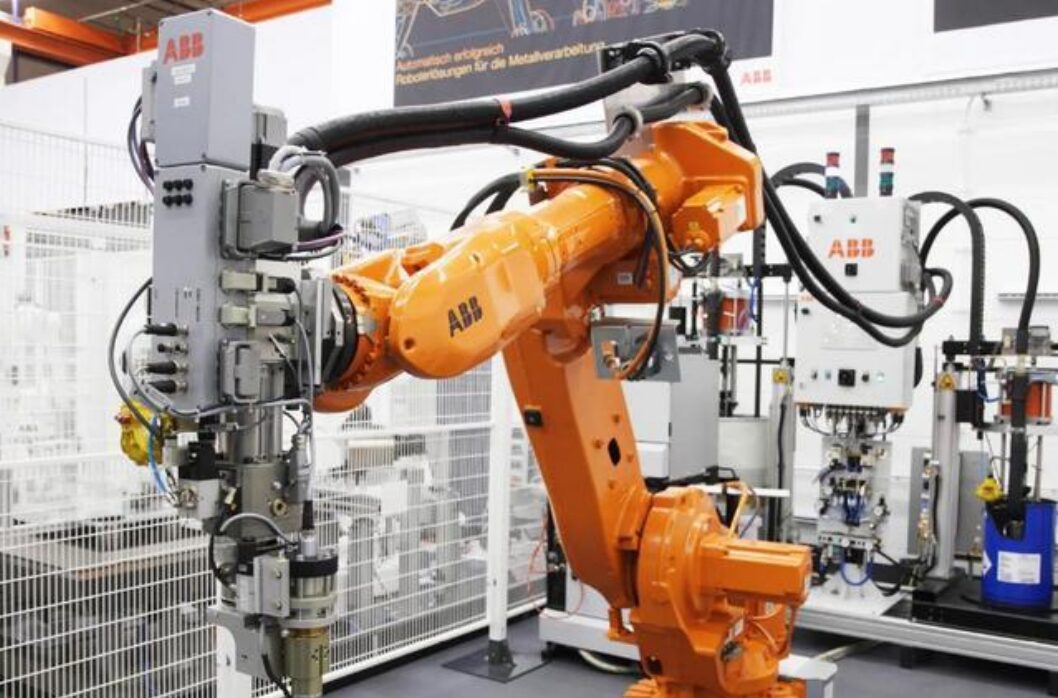
1. Flexible Robot Technology
Flexible robot technology refers to the design using flexible materials and structures, allowing robots to possess characteristics such as flexibility, agility, lightness, and durability, enabling them to work in irregular, complex, and hazardous environments. These robots can achieve high levels of autonomy, have good adaptability and intelligence, and can perform a variety of different tasks, including industrial production, healthcare, service industries, and education.
2. Liquid Metal Control Technology
Liquid metal control technology is a method that uses electric currents and magnetic fields to control the flow and shape changes of liquid metals. Liquid metals refer to metal alloys that have both metallic and liquid properties, typically including elements like aluminum and silicon. This technology is often used to manufacture flexible and reconfigurable circuits, artificial neurons, and other microelectronic components.
3. Myoelectric Control Technology
Myoelectric control technology is a technique that uses electromyographic signals (EMG) to control and operate mechanical or electronic devices. Electromyographic signals are weak electrical signals emitted by muscles, which can be captured and converted into control signals with the help of surface electromyography devices.
4. Sensitive Tactile Technology
Sensitive tactile technology refers to the use of sensors and algorithms to simulate human tactile capabilities. By mimicking human tactile perception abilities, robots and electronic devices can better perceive their environment, recognize objects, and adapt to changing environments or uncertain factors more effectively.
5. Conversational Intelligent Interaction Technology
Conversational intelligent interaction technology refers to the use of natural language processing and artificial intelligence to enable language interaction between humans and computers, allowing computers to understand and respond to human questions like a person, achieving more natural and fluid conversational interactions.
6. Emotion Recognition Technology
Emotion recognition technology refers to the use of data mining, artificial intelligence, and machine learning to automatically identify human emotional states from voice, text, facial expressions, and other information, such as joy, sadness, anger, and depression. This technology can help better understand human emotional states, adjust user experiences, or provide more personalized services.
7. Brain-Computer Interface Technology
Brain-computer interface technology refers to the technique of recording and interpreting brain activity signals, allowing the human brain to directly control computers and other external devices. Brain-computer interface technology can be used to treat and assist disabled individuals, improve terminal operation efficiency, enable human-computer interaction, and enhance human cognitive abilities in various fields. This technology has a high level of technical difficulty and complexity, requiring interdisciplinary integration and focused research.
8. Autonomous Driving Technology
Autonomous driving technology refers to the use of advanced sensors, computers, and communication technologies to enable vehicles to autonomously perceive and judge road conditions, perform adaptive cruise control, automatic steering, lane changing, overtaking, and parking, thereby achieving fully autonomous or semi-autonomous driving functions. This technology can significantly improve road safety and traffic efficiency, reducing accidents and congestion.
9. Virtual Reality Robot Technology
Virtual reality robot technology is a new type of technology that combines virtual reality and robotics. This technology can use virtual reality to create a virtual environment that differs from reality, in which robots can operate.
10. Robot Cloud Service Technology
Robot cloud service technology refers to the process of developing, managing, and maintaining robot services on a cloud platform, leveraging cloud computing, big data, and artificial intelligence to provide stronger support for robot services. This technology allows robots themselves to act as execution terminals, performing storage and computation through the cloud, responding to demands in real-time, and achieving effective data communication and knowledge sharing, offering users a new type of robot service model that is infinitely expandable and on-demand.
End
Author: Li Tianbai
Editor: Zhao Min
Reviewer: Liu Shibo




Follow the Machine Industry Video Account for more information
For more inquiries, please contact customer service Xiao Ye


Are you tired of reading? Tap “Like” to support us!
